During this very unusual period, photographers are faced with the reality of travelling locally, rather than expanding our horizons around the world. Rather than viewing this as a restriction, I prefer to treat this as an opportunity to discover sights and scenes within our home provinces – many of these locations are within an easy day’s drive, and some are incredibly beautiful. I recently embarked on a relatively short excursion of about 2000 km to photograph birds in flight along the Lower North Shore of the Gulf of St. Lawrence, in Quebec.
Accompanied by Luc Simard, whose photographs were published in the Spring issue of PHOTONews, we planned to photograph puffins, little penguins, mirrored murres, tridactyl gulls, and whatever wildlife crossed our path along the route.
Parrot Island, in the Mingan Archipelago National Park Reserve, is an ideal spot for sightings of seabirds nesting in the high cliffs of the island.
Our first stop on this “Road Trip” was in Pointe-de-Monts, where we paused to photograph the magnificent lighthouse, erected in 1888 following several shipwrecks. When we arrived at the scene, we were treated to a classic perspective of the lighthouse with a perfect blue sky as a backdrop – of course, the role of the lighthouse would have been more accurately portrayed on a cold, stormy night, but we were not inclined to wait for the weather to take a turn for the worse, as the day was spectacular, and there were thousands of birds waiting for us to take their pictures!
Our next stop was at Long Pointe-de-Mingan where we had the opportunity to photograph a multitude of birds – in flight, and nesting.
Parrot Island is a jewel among the string of islands of the Mingan Archipelago, located north of the 50th parallel east, which gives it a unique visual cachet.
Just 350 metres long and less than 100 metres wide, this islet forms a rocky plateau with a summit 12 metres above sea level. Its steep cliffs have an escarpment that drops slightly to the south, and sinks into the sea to the east, topped by a superb lighthouse, which gives it a mystical and dreamy appearance.
This is a photo destination that requires a bit of advance planning. The island accepts a maximum of 6 photographers at a time, and you are only allowed to stay for a specified time. We made the most of every minute allocated to us on this visit. Parrot Island is a fantastic place for photographers. You have the impression that you are “alone in the world” for a few hours, with quite nice subjects. As it is a wildlife sanctuary, visitors must be careful to keep the site pristine and intact.
To capture the images of birds in flight, we used our Nikon D6 cameras to test the extremely fast focus system, and we brought a selection of lenses, including the Nikkor 500mm f/5.6 PF, 300mm, 24-70mm, and 70-200mm. We took advantage of several key features of the D6 bodies… we started out by setting the shutter speed to 1/2000 second and the aperture to f/5.6, with the exposure control in manual mode. In order to follow our fast-moving subjects, we used the 3D autofocus function, set to 153-point group. We also checked out the panoramic (Panning) mode, and I reduced the shutter speed for some images to capture interesting motion blurs of the subjects and the background.
We also focused on some puffins, whose flying habits were easy to photograph – they always took the same flight path: from the cliff, diving to catch a fish, and coming back to the nesting area riding a tail wind. We positioned ourselves in the right place so that they would pass just above our heads. At this point we used a shorter lens (70-200mm f/2.8), and, of course, we each wore a hat!
After our adventures with the puffins, we went to Cap Ferrée, a 20-minute drive from Havre St-Pierre, where we photographed waterfalls and beautiful rock formations, we used ND filters for long exposures to blur the water.
On our return drive, we paused to photograph several interesting locations, including the beaches at St. John’s River, and Manitou Falls in Thunder River.
It was a wonderful “Road Trip” and a unique opportunity to discover new photo destinations that we might not otherwise have considered.
By Jacques Dumont




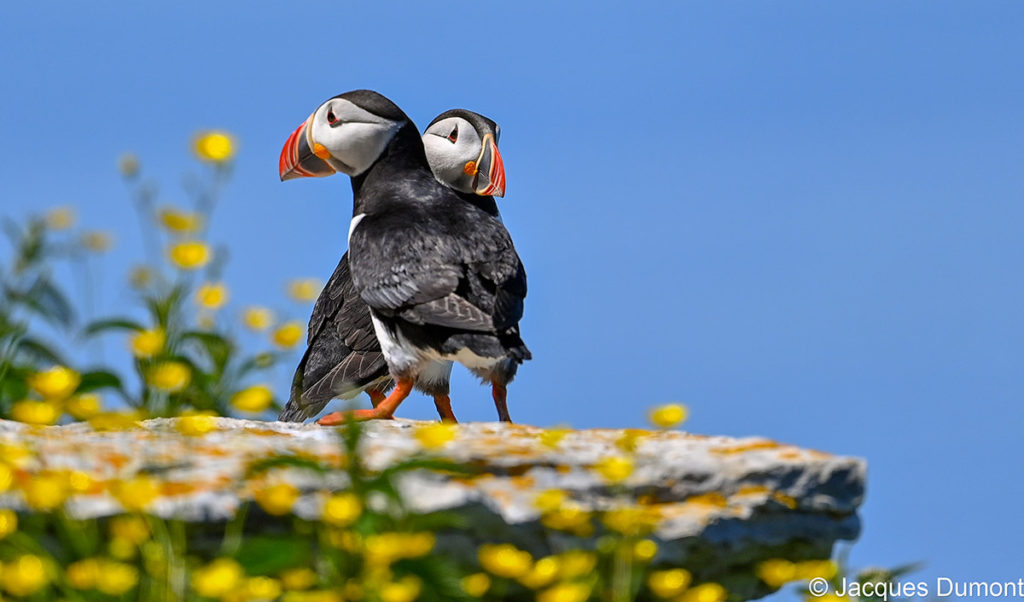
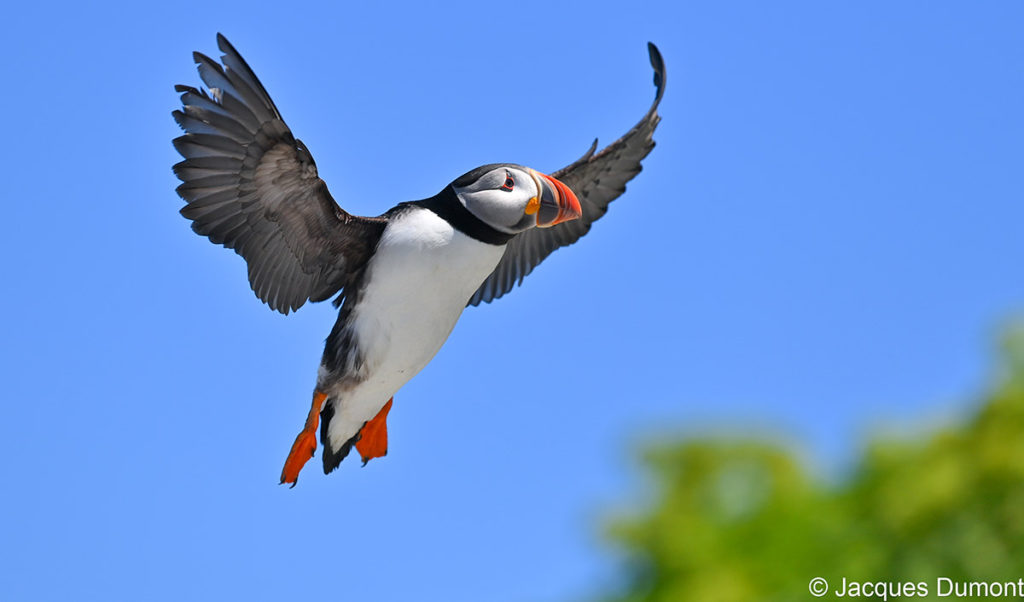
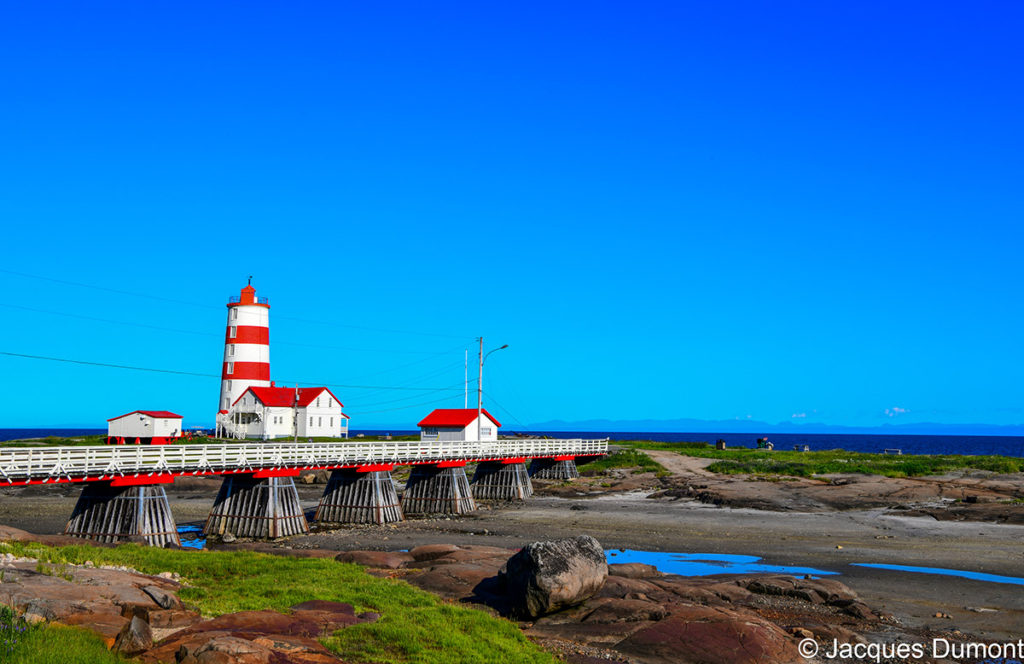
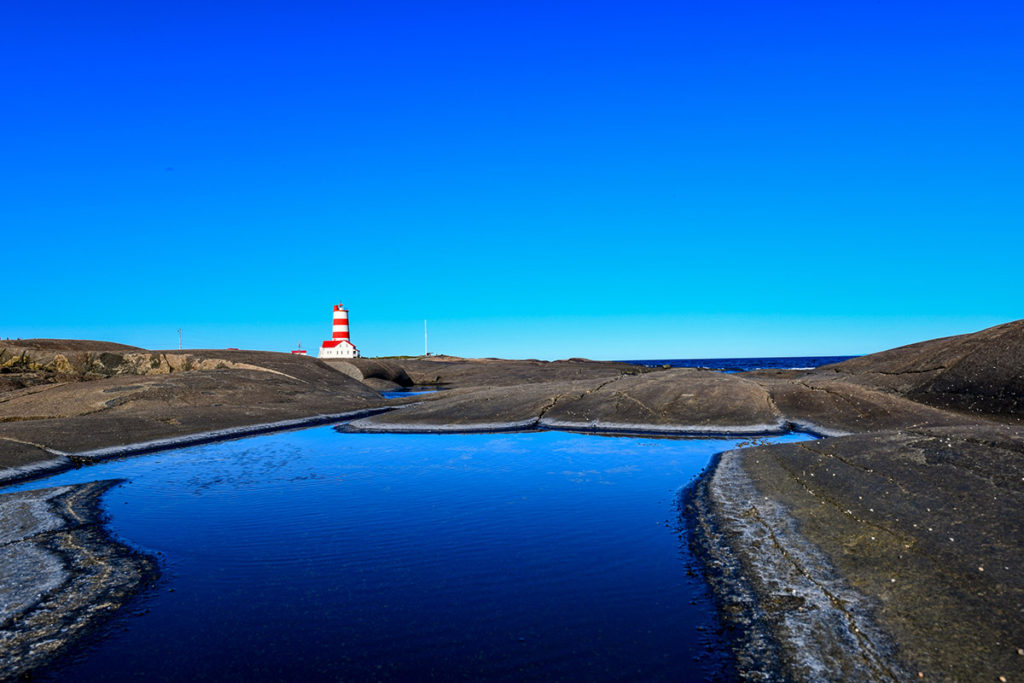
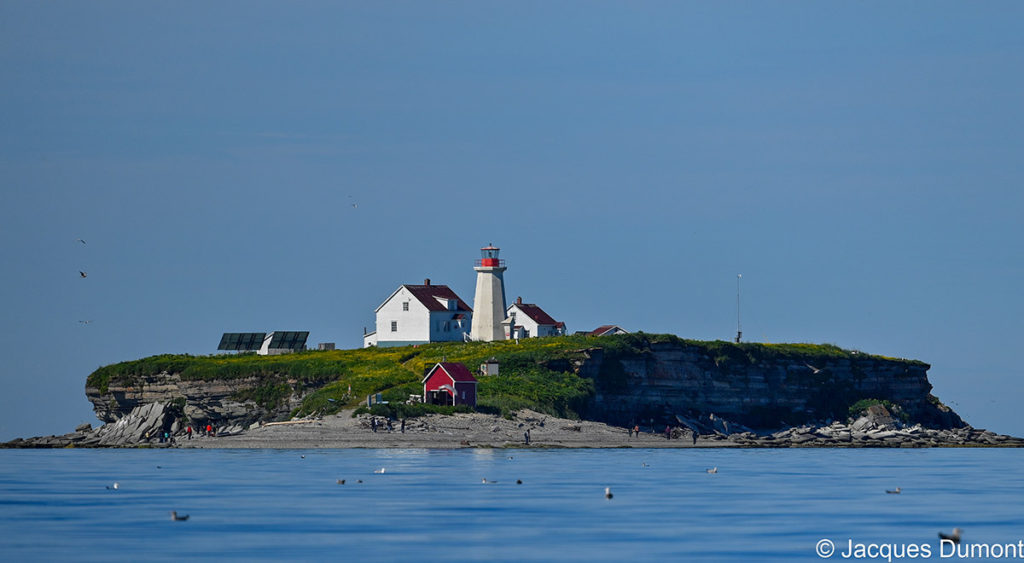
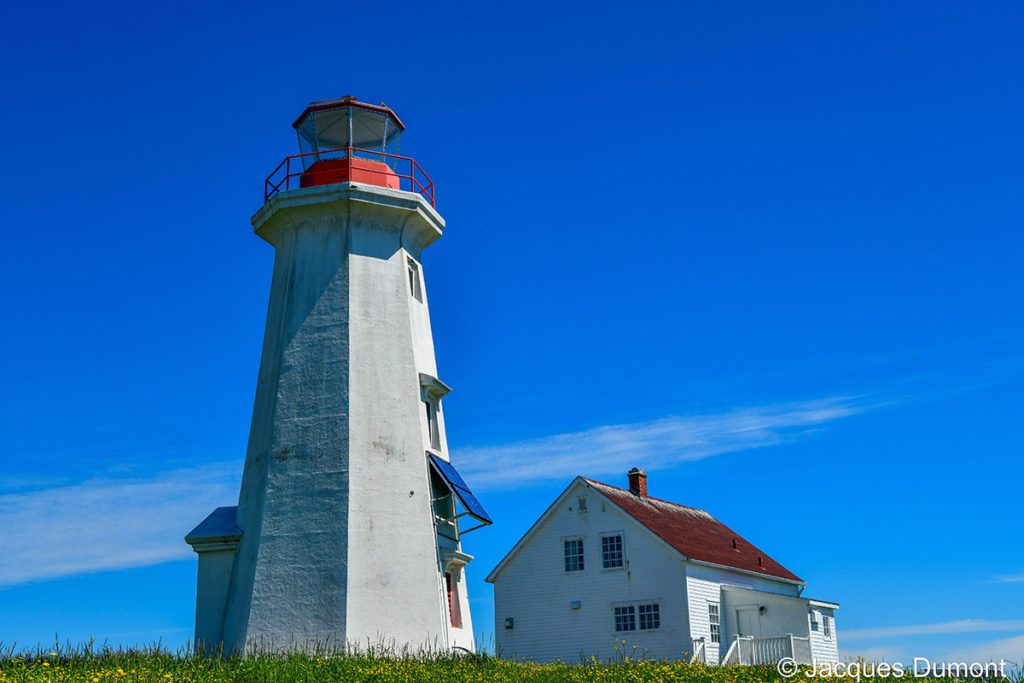
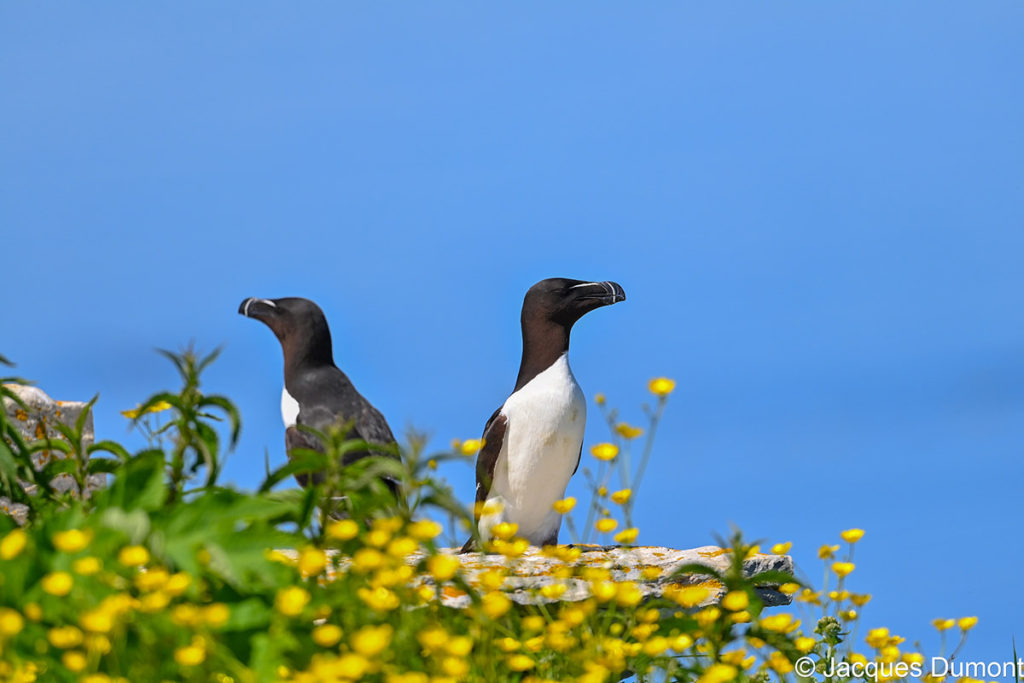
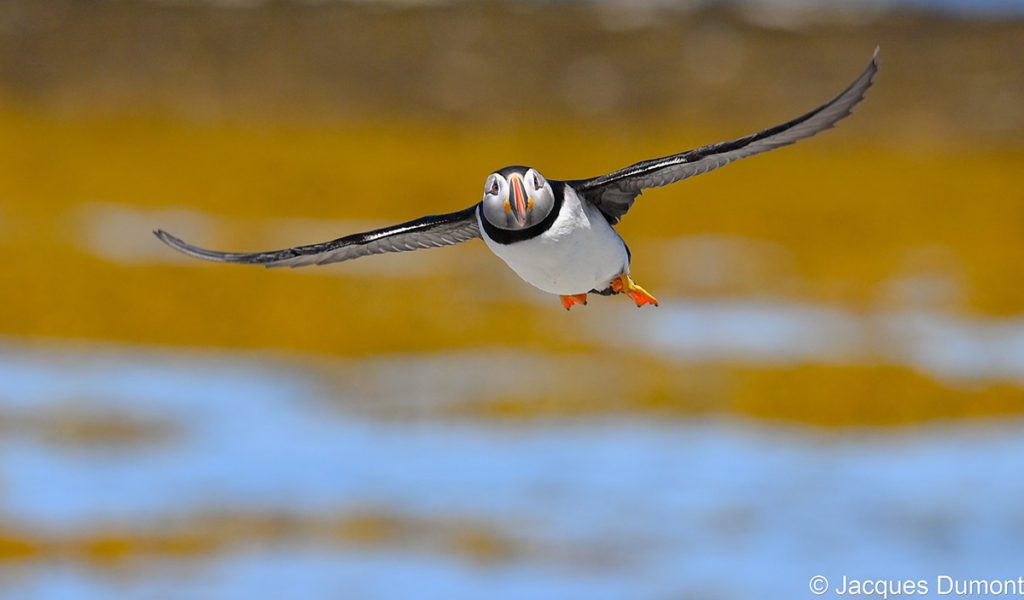
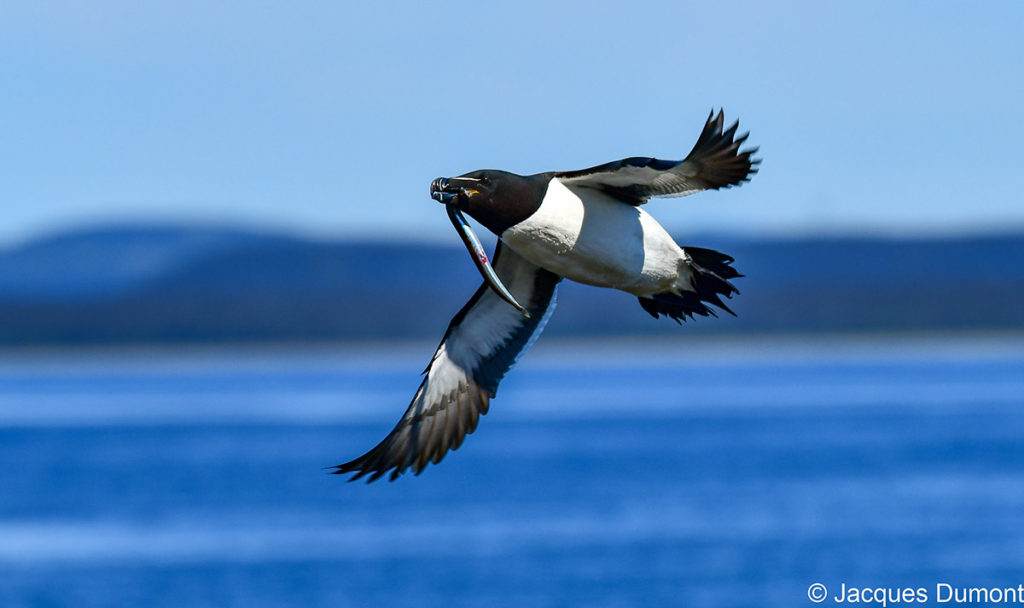
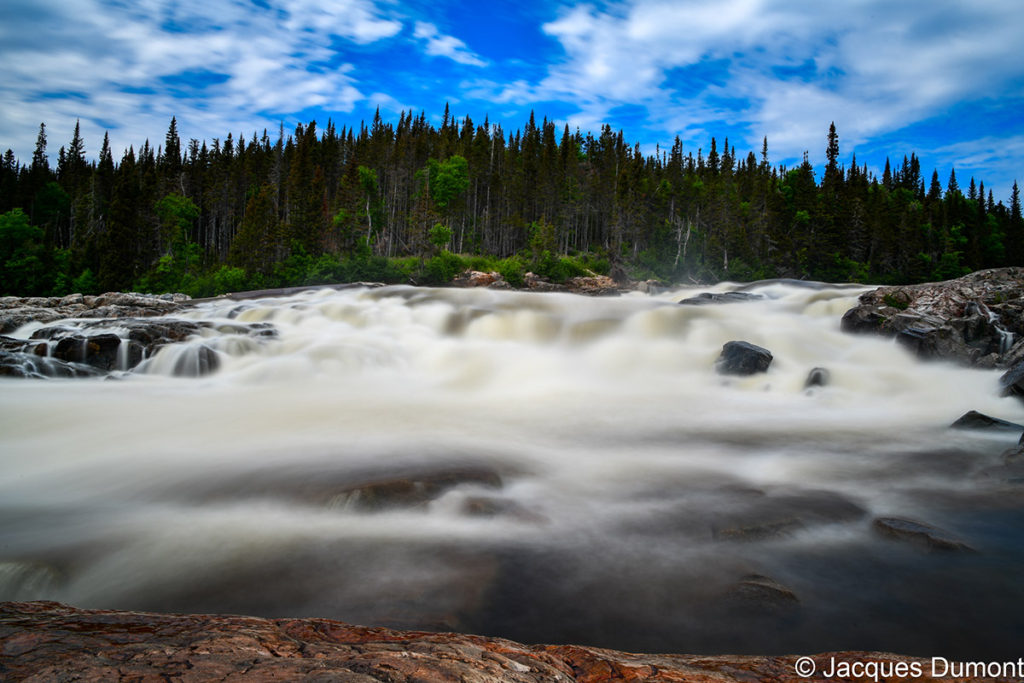
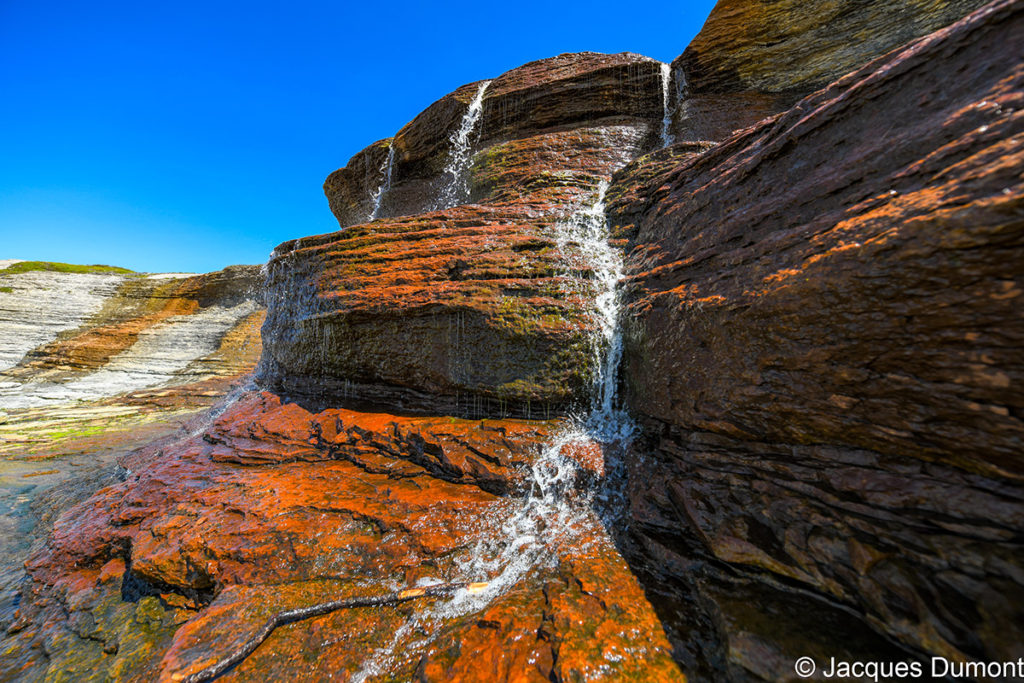
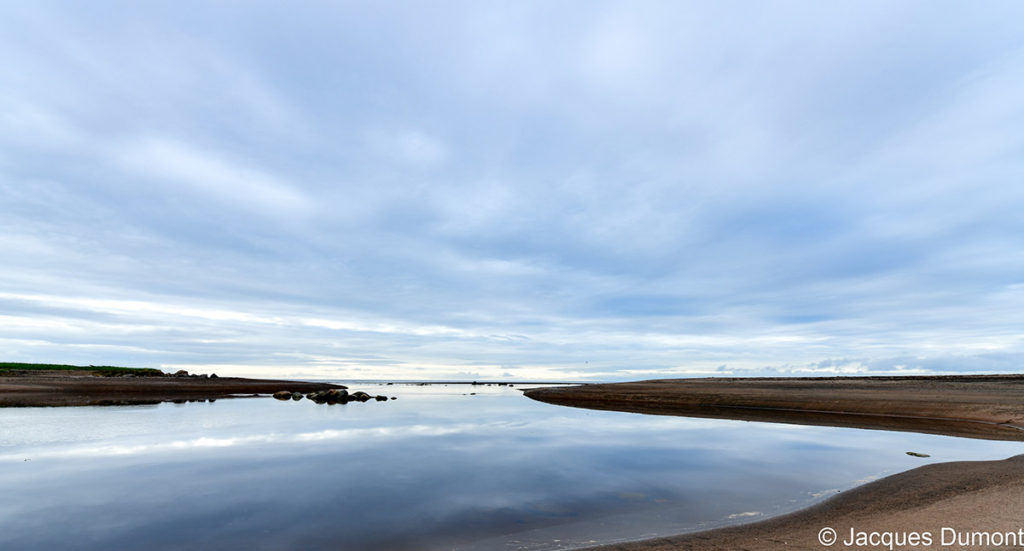
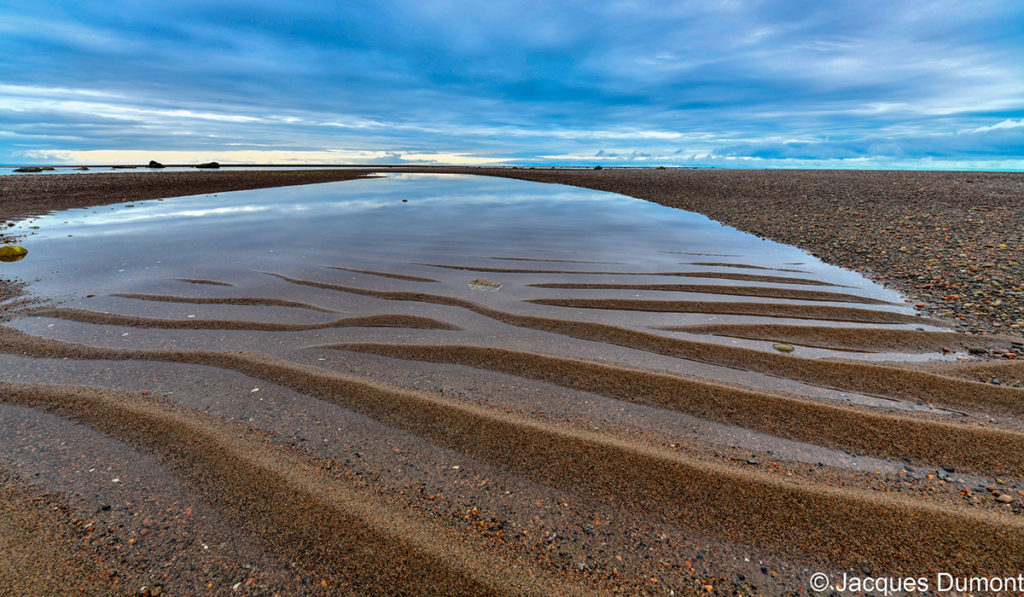






Inspiring! I would live to take a trip along this coast. Maybe summer, 2021 if the pandemic calms down.
Great article with wonderful photos. I live north of Toronto and thus trip would camping or b and b. Do you have a y recommendations, websites. Possible spring road trip.
Jean Doucet
@jeandoucetphotography
Superb photographs and informative article.
Désolé mais je ne vois aucunes réponses horoscope de la basse côte nord. Ces photographies s provienne de la minganie
Si vous voul z des photos de la basse côte nord je peux faire une escapade au printemps pour vous en procurer
Bonjour M. Gélineau, vous avez raison, le titre aurait dû être “Côte Nord” simplement. je suis né sur la côte nord (Les Escoumins), étant donné l’incroyable distance, j’ai ajouté le superlatif “Basse”. Je vais y retourner au printemps pour me rendre à Natashquan. Région à découvrir. Merci de la clarification.
Bonjour M Dumont
Vraiment de belles photos, oui j’ai de la places pour vos deux couples. Bien hâte de vous revoir en 2021 préparer votre voyage un minimum de 4 jours ici en Minganie et continuer pour la base côte par la suite avec le Bella Desgagnés
Ont se communique demain